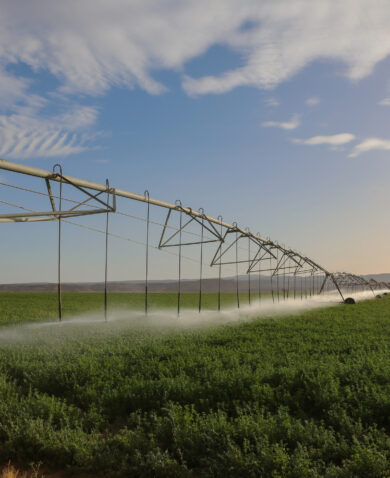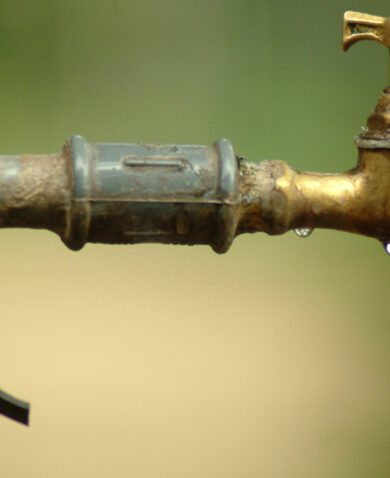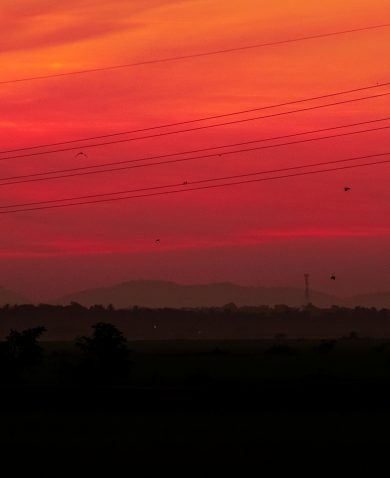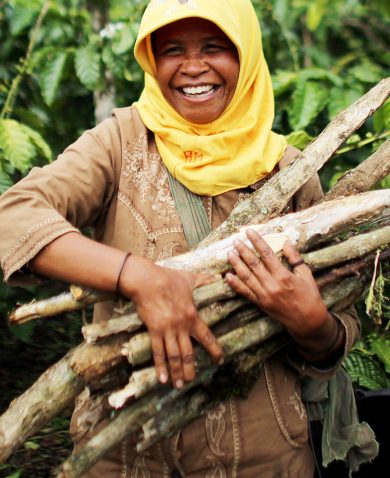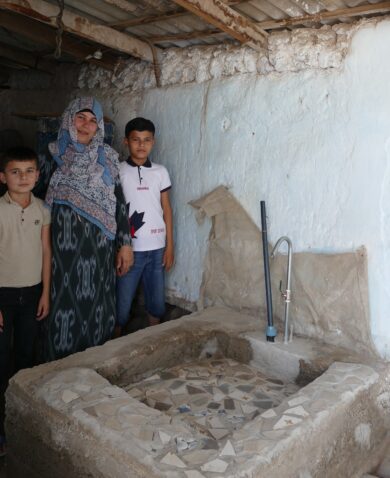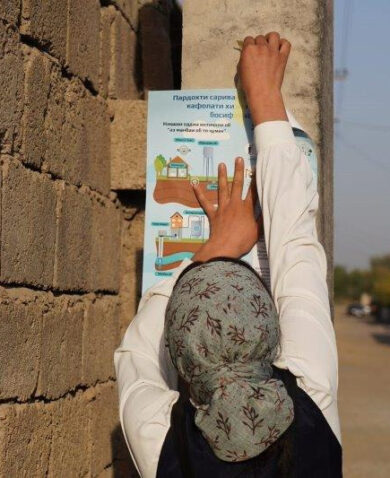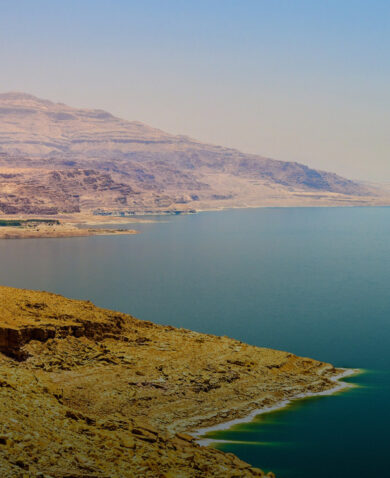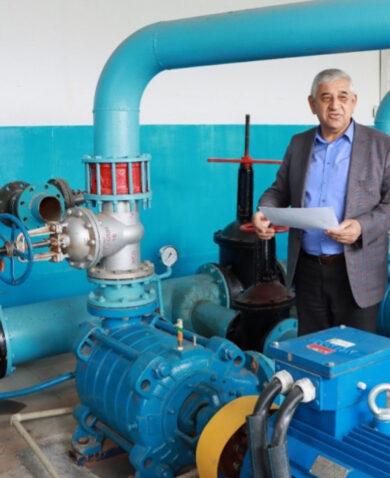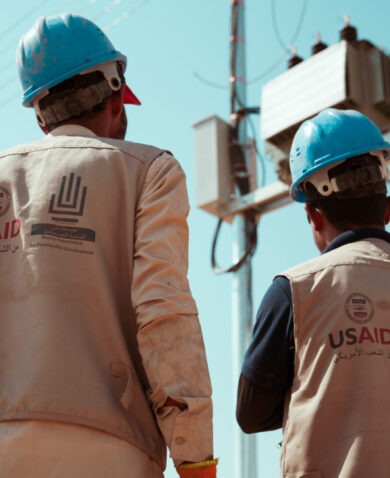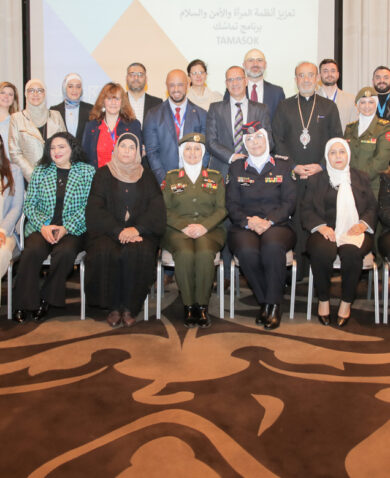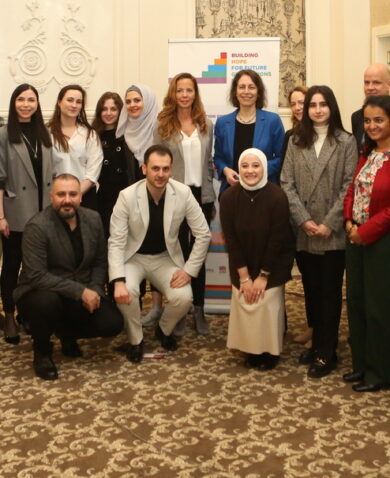Proven Techniques to Increase Water Security in Arid Regions
1. Reduce water leakage. About a third of urban water is wasted through water leakages in many cities around the word. According to a 2014 Mercy Corps report, 50 percent of the water that is pumped through Jordan’s network is lost to leakage and theft. That’s enough to satisfy the needs of 2.6 million people a year, nearly a third of Jordan’s current population.
A focused infrastructure program of upgrades, repairs, and reconstruction should be launched to address this natural source of water stability for Jordan. Grants and concessionary loans can be one source of financing for this. Critically, the utility must also be able to charge and collect appropriate rates and improve their own financial stability so that they can adequately maintain this network.
2. Reduce industrial and agricultural water consumption. In countries like Jordan where water is subsidized, the low price of water encourages farmers to grow water-intensive crops such as tomatoes and bananas. These large water users should be incentivized and supported to use less water.
Techniques to accomplish water efficiencies in agriculture and industry include increasing the price of water for these users; focused outreach, technical support, and workshops on water-efficient practices; and financial incentives for changing to low-intensity crops or practices.
In the United Arab Emirates, low-water-intensity farming has been the subject of considerable work, resulting in practices that reduce water consumption by one-third while increasing agricultural production by up to ten times.
3. Reuse wastewater. This is perhaps the most culturally controversial source of water because of doubts about the sanitary nature of purified wastewater. However, reused wastewater can be treated to a quality that is as high or higher than either source groundwater or drinking water. When used for sectors like agriculture and industry, reuse can be viable, affordable, and culturally acceptable.
As an example, the UAE has made tremendous progress in this area with a goal of having 100 percent water reuse by 2020. That goal has already been attained in the UAE’s city of Al Ain.
Finding the Right Water Security Mix: Planning Considerations to Navigate a Complicated Path
Harnessing the above technical options for water security often involves overcoming political, social, technical, and economic challenges. The following planning considerations are essential to help navigate these complexities:
1. National economic planning. In most of the world, water is considered an entitlement. In water-scarce areas, this mindset combined with low water availability results in customers feeling that low prices are a fundamental right.
Indeed, water is heavily subsidized in Jordan; it is cheaper than in Israel or Saudi Arabia. Though the government has taken a few modest steps to reduce demand and marginally increase the price, it fears broader reforms would cause public anger.
However, these low water prices further fuel the national problem. For example, while farms account for 50 percent of Jordan’s annual water consumption, they realize just 4 percent of the national gross domestic product (GDP). National security planning and economic policy should consider water at its full financial and political value.
2. Cultural change. Moving national practices toward water conservation, higher water prices, and the use of recycled wastewater require focused cultural change. There are many great examples of how this has been accomplished in the region. For example, Abu Dhabi has found that just one workshop on the benefits of reused wastewater for irrigation can increase farmers’ acceptance to 70 percent. After two to three workshops, the acceptance went up to 99 percent.
In many areas, Jordanians see it as a point of pride that they can get by with very little water consumption. However, this is driven as much by low availability as it is by culture. The country should actively advance conservation as a point of national policy and pride, especially in sectors like agriculture.
3. Climate change. By far the thorniest issue is the uncertainties around changes in temperature, precipitation, and evaporation into the future. Many utilities and governments around the world are requiring 50-year climate modelling at minimum for their infrastructure projects. Since different climate and hydrologic models may provide slightly different results, it is important to look across a representative range and select one that has criteria and assumptions that closely match those of the region.
Despite the tremendous population growth from Syrian refugees, Jordan has maintained a stable economic and political position in this unstable region. A severe water shortage could jeopardize that stability. Proactive planning and action on the part of the Jordanian government and their allies is essential to maintaining and bolstering the success of the country and the stability of the region.





